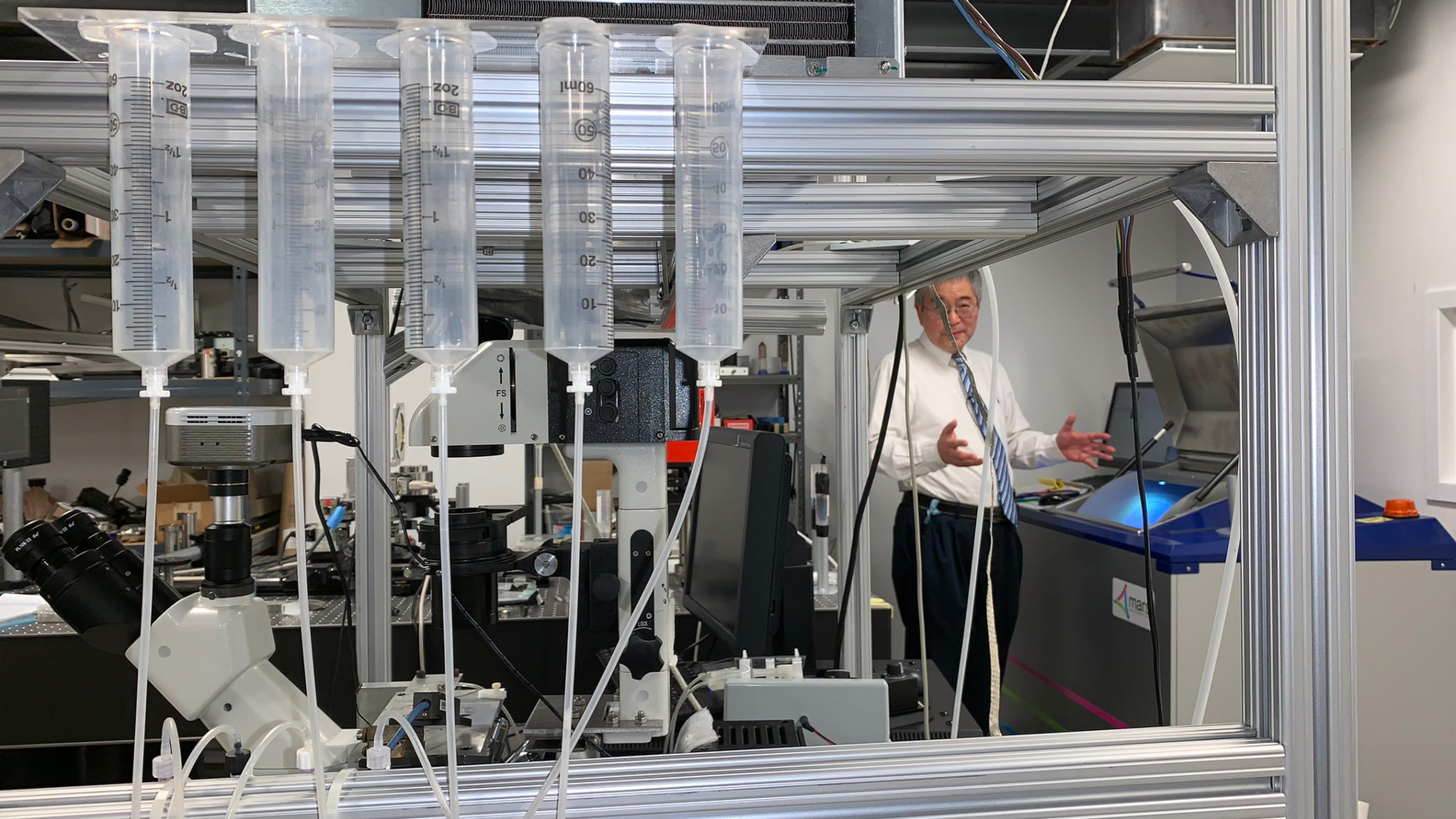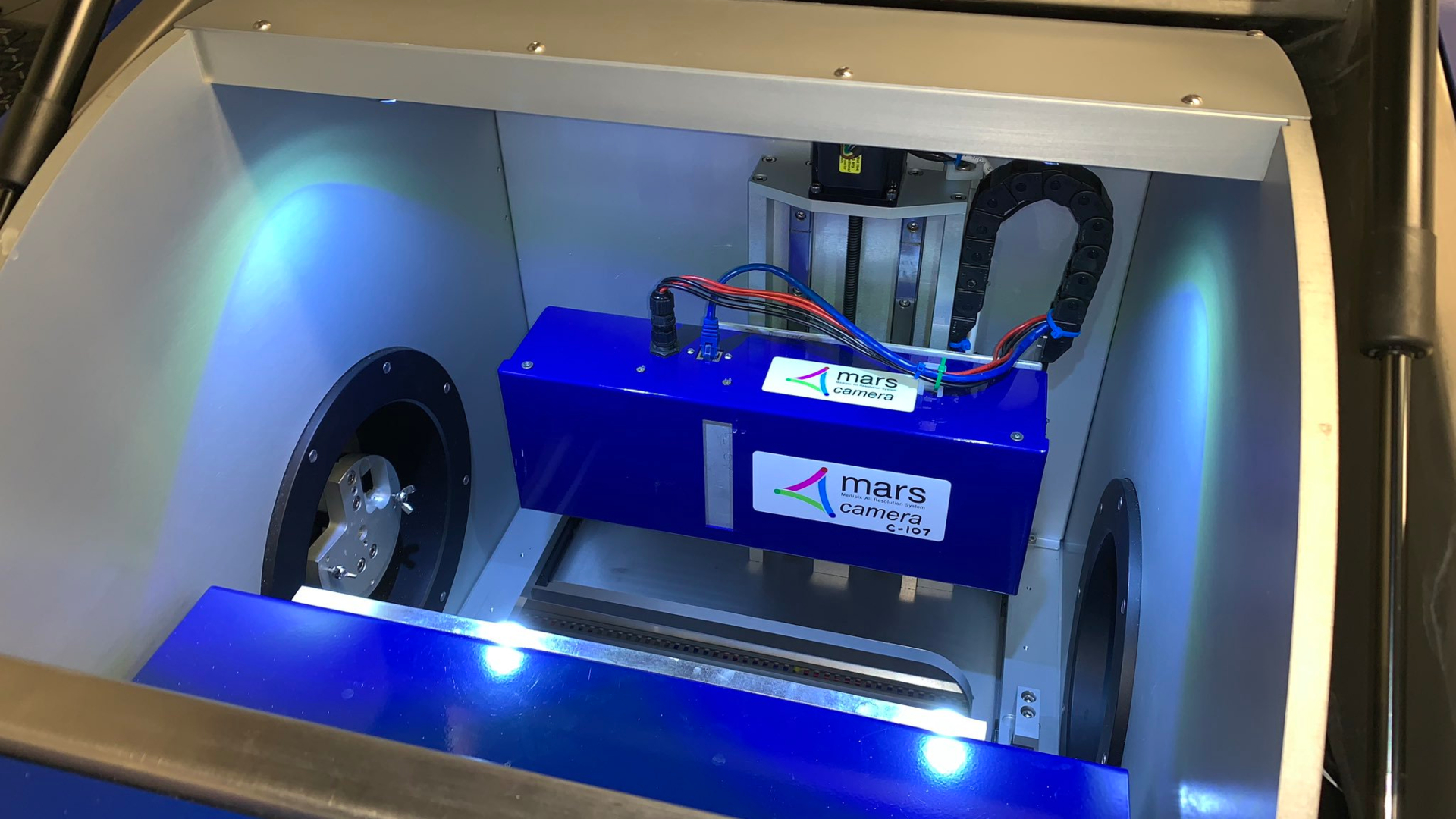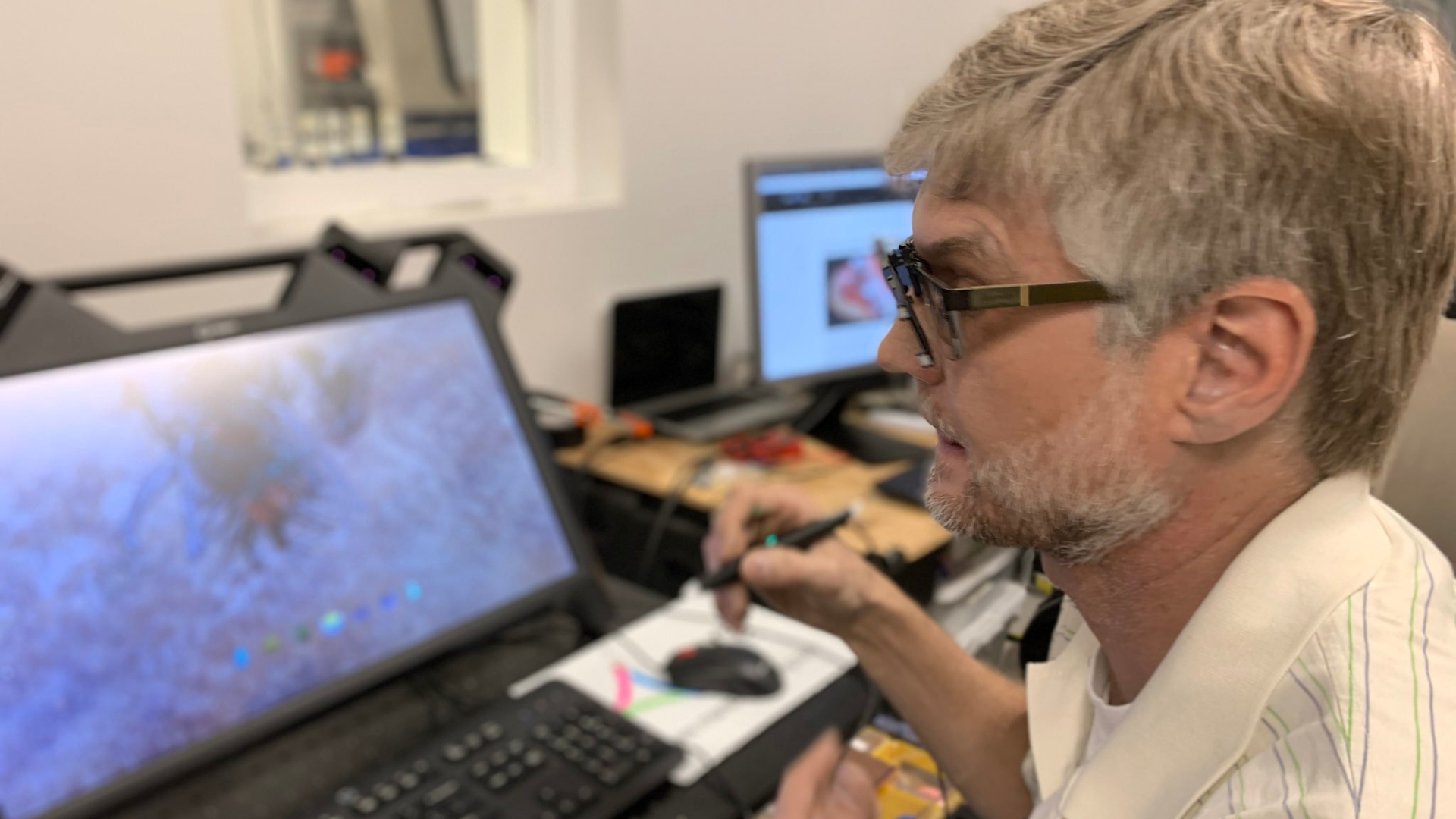Cutting-edge research is happening in Troy that could have a huge impact on cancer treatment. A team, based at Rensselaer Polytechnic Institute, wants to better understand how cancer cells respond to treatment.
Cancer research is coming into focus in true depth, never before seen. Researchers are able to work with a computer monitor that uses head-tracking technology to display x-rays in 3D. They are currently using mice as test subjects for cancer treatments.
“It is a completely new form of x-ray imaging that allows us to see color. Traditional x-ray imaging is just black and white,” said David Rundle of MARS Bioimaging.

The 3D x-rays are one result of a partnership with MARS Bioimaging, biologists from Albany Medical College, and engineers at RPI — specifically looking at how drugs interact with breast cancer cells.
“This funding is not only to validate and establish a technique but also for having this path towards having a system that can be distributed for the community at large,” said Xavier Intes, Rensselaer Polytechnic Institute.
RPI engineers, led by Intes, have developed their own imaging technology, using lasers to see how cancer in living systems reacts to medicines.

“And this is information critical for us in terms of finding if a drug is inside a cell or not,” Intes said.
Albany Medical College Professor Margarida Barroso is observing how certain breast tumors are taking in drugs.
“That provides an idea of whether the drug is binding, actually binding to the cells,” Barroso said.

MARS, along with RPI researchers, developed the x-ray producing 3D, full-color images. Combining these technologies aims to reduce drug resistance by delivering medicines directly to all cancer cells in a tumor.
By looking at cancer from a range of perspectives, this group could change the way many view the disease.









